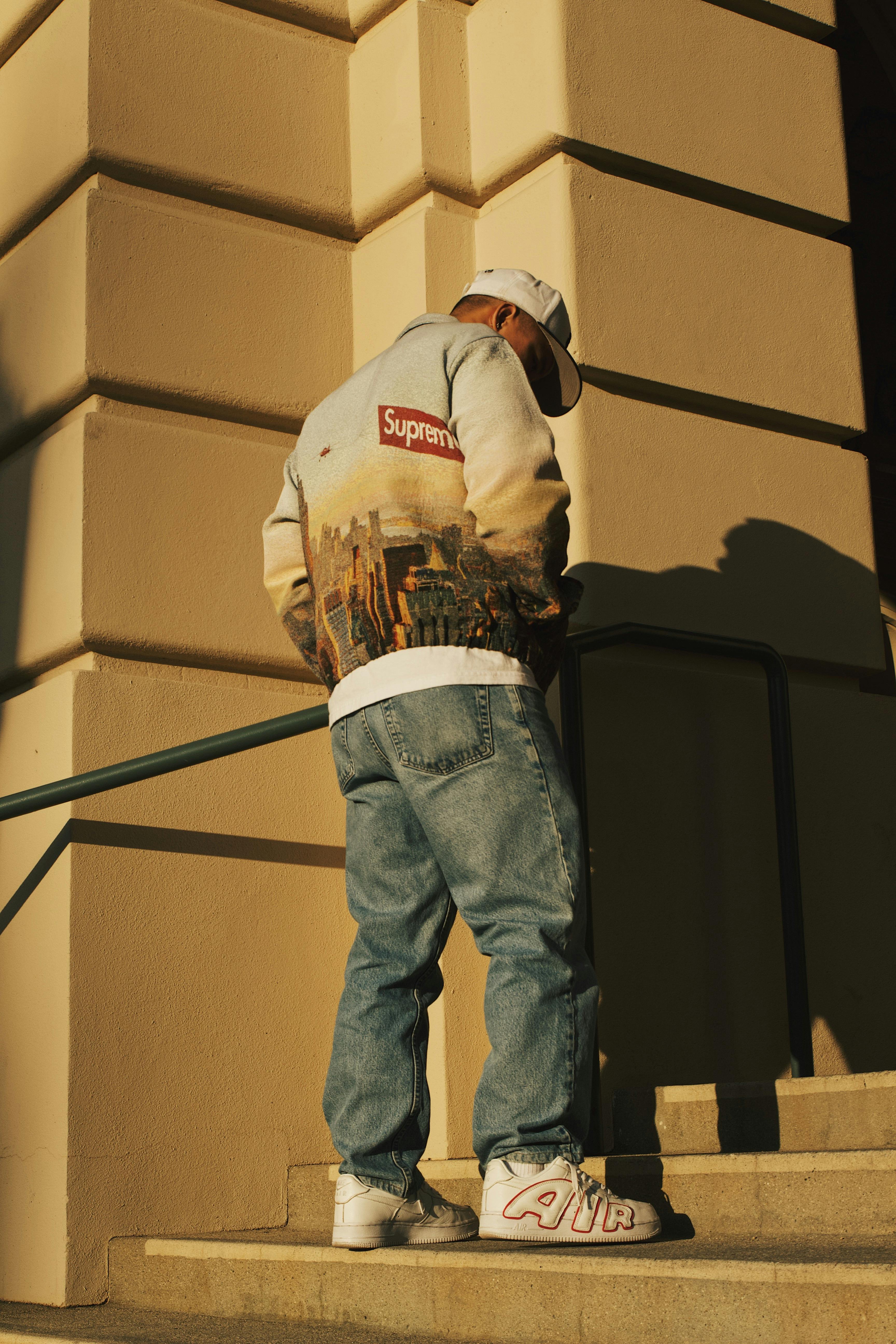Rebecca Capelli's powerful documentary, SLAY, is sparking crucial conversations about the unsettling resurgence of animal skin in the fashion industry. The film doesn't shy away from confronting the ethical and environmental implications of this trend, prompting viewers to question their purchasing choices and the industry's responsibility.
The Resurgence of Animal Skin in Fashion
Despite growing awareness of animal welfare and environmental concerns, the use of animal skins like fur and leather is experiencing a worrying comeback. SLAY explores the driving forces behind this trend, from shifting consumer demands to the influence of luxury brands. The documentary highlights the disconnect between consumer awareness of ethical issues and actual purchasing habits, revealing a complex interplay of marketing, social status, and perceived desirability.
SLAY's Critical Examination of Ethical Concerns
Capelli's film doesn't pull punches. It vividly depicts the often brutal realities of animal farming for fur and leather production, showcasing the suffering inflicted on animals for fashion. Furthermore, the documentary addresses the significant environmental impact of these practices, particularly the contribution to deforestation and pollution. SLAY challenges viewers to critically examine their role in perpetuating these harmful practices.
The Future of Fashion and Sustainable Alternatives
Beyond exposing the dark side, SLAY also explores potential solutions. The documentary showcases innovative designers and companies developing cruelty-free and sustainable alternatives to animal skin, such as lab-grown leather and plant-based materials. By highlighting these advancements, Capelli offers a glimmer of hope for a more ethical and sustainable fashion future, encouraging consumers to actively seek out and support such brands. The film acts as a call to action, urging both consumers and the industry itself to prioritize ethical and environmentally conscious choices.






